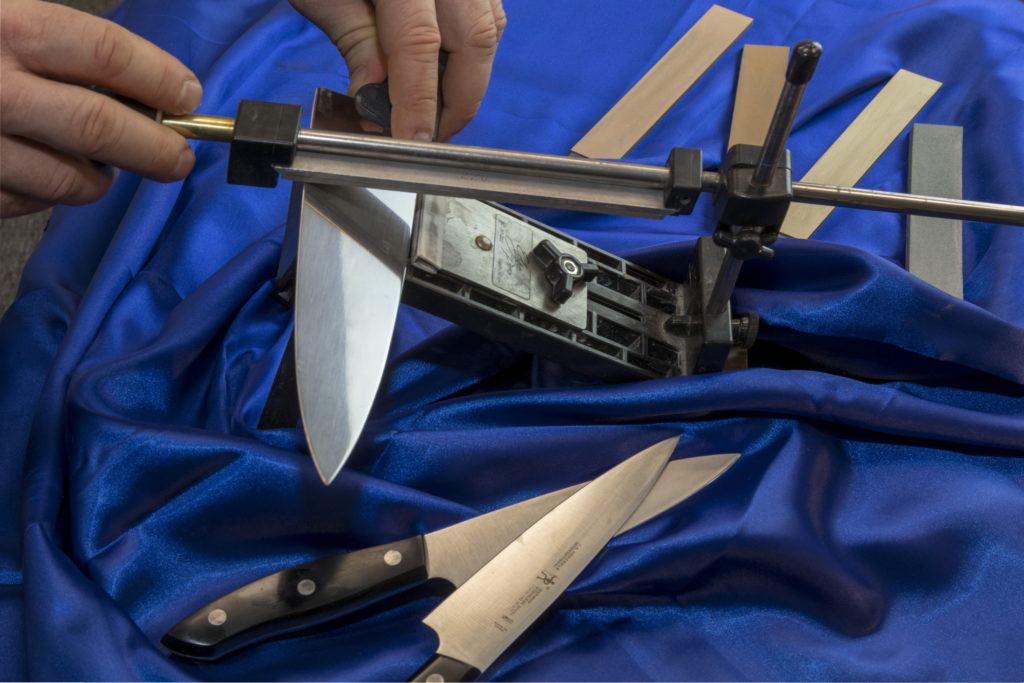Frugality is a driving theme in modern Financial Independence (FI) instruction. The people who go hard core in frugality may be doing us a disservice by dissuading others from embarking on the FI journey.
You don’t have to be radically frugal to become financially free, or, more importantly, personally free. But you do need to be smart and intentional with the way you spend.
If you, like me, are a major consumer of information on how to become better at living life, and manage money, then you have probably heard time and time again about how frugality has led to financial abundance.
The stories of extreme frugality leading to extreme abundance can be inspiring, but you should be honest with yourself on whether that is really what you want.
I think there’s a better way.
Focusing on Happiness – Time NOW

Financial freedom is a pillar to personal freedom, but it’s not the only thing. As we pursue a life of personal freedom we need to think more broadly about fulfillment and happiness.
Furthermore, the most important time in life is RIGHT NOW!
And now it’s NOW!
Point is, our culture is obsessed with daydreaming about the future and that often comes at the expense of living a happy fulfilling life right NOW.
If cutting everything out of your life right now makes you happy. Then it’s a smart decision. If it doesn’t, refocus frugality through the lens of SMART.
Spending SMART
You can have an amazing abundant life!
Instead of searching your livelihood and possessions for things to cut, consider a smarter approach of finding ways to turn your liabilities into assets. More importantly, as you consider new purchases, see if you can shape that purchase around the idea of “how will this purchase pay for itself?”
Here are several examples of purchases like this, and what’s funny, to me, is that many of the same people who became successful through frugality end up in this place after they have accrued some financial wealth.
So I ask, can we skip depriving ourselves of things that make us happy and instead be happy through making our things add value to our life?
Examples of Smart spending
Most of the things we have are liabilities, even the things we consider assets. What that means is that almost everything we own is costing us money, and almost none of it is making us money.
Here are some ideas to help refocus your purchasing lens:
Your House and your property
The biggest misconception out there.
Unless your house is making you money, it’s a liability. But it can be an asset!
A future post in and of itself, but consider things like renting out half of a duplex, commonly called House Hacking, or planting a well-pruned tree stand of white pine.
How to justify a new vehicle
The frugality movement cringes at those of us who own vehicles, and I don’t deny that vehicles, in the traditional form of ownership, are major leaches on our resources.
So instead, turn them into a honey pot.
Go into the purchase of a vehicle with the question, how is this vehicle going to pay for itself? Maybe it’ll be through ride share use like Uber. Lately I’ve been wanting a new truck and one way I’m thinking that the truck could pay for itself is through plowing driveways.
If you can’t make your vehicle make money, get a cheap vehicle. I’m on board with that. If you want a sweet ride, figure out how to make it bring in some bling.
Use the sawmill idea
Many years ago a great guy donated some lumber toward a project I was working on. While picking up the lumber we got to talking and he showed me his Woodmizer sawmill. In what was almost an off-hand comment he said that he never buys anything that won’t pay for itself.
You can have a sweet sawmill. Just be willing to put yourself out there and hustle to make back the cost of the mill by selling lumber.
Knife sharpening system for side hustle

I used the same sawmill logic in getting a sweet knife sharpening setup. The revenue from sharpening knives has paid for that system several times over.
Eat for FREE
We’ll get into this more later, for sure, but a major void in the INVESTMENT domain is in food producing systems at home, or natural systems in general.
Planting a stand of white pine as a retirement investment can be a brilliant approach. Trees are one of the few things that genuinely grow in value with time.
On a smaller scale though, consider growing enough food at home to cover the cost of food. This is still a goal at our homestead, but we’re just about there with the chickens. Now that it’s established, selling a few dozen eggs a week just about covers the feed cost of the birds.
And I eat eggs every morning!
RELATED: Chickens: The Gateway Drug to Good Health
Covering the cost of tools
As you add resilience to your lifestyle by learning to work on the systems you own, use that saved money to purchase tools to make you more effective at working on your own systems.
You can have sweet tools!
Just be patient and add to your arsenal incrementally over time and as needed.
Spending Smart is not a ticket to get out of planning for the future
Spending smart does include trimming waste. It’s a refocus on the money we spend with an emphasis on making back the cost of what we buy.
While spending smart, you also need to be investing with a long-term perspective to have wealth for the rest of your life. This isn’t a ticket to get out of the real world possibility that you might live a long time and your ability to generate revenue may change with time.
That said, the most important time is NOW. I loath the idea that we must suffer today to be happy tomorrow, or ten years from tomorrow. We do the same thing by spending 20 years in a career we hate to someday have a ‘happy’ retirement.
Be happy now. Spend the money you earn on things that make you happy and think hard about ways to make those things make you more money.
Ah man, isn’t that a refreshing take on Financial Freedom? More where that came from:


